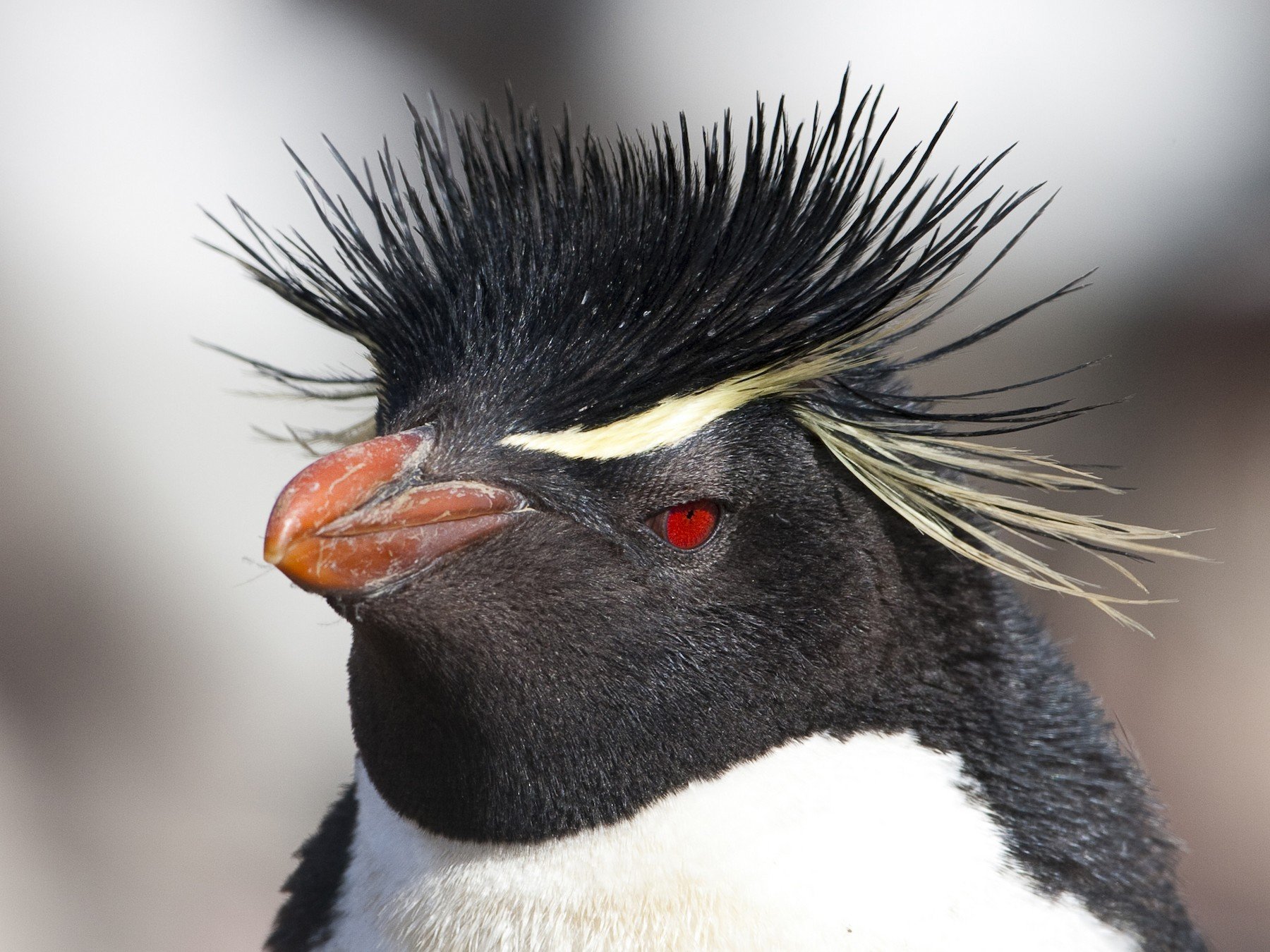My R10 has an inbuilt HDR shooting mode. Why wasn’t I using it before? No particular reason.
So, this photo is impossible. That’s the sun resting just on the shoulder of the building, there. This is the sort of thing that would drive film photographers from a few decades ago into apoplectic fits.
Neat.
In other news, I discovered that I was not smart enough to make my argyle watermarking script account for portrait aspect ratio pictures. I’ll have to correct that in the future.
Additional tomfoolery:

Here’s another impossible photo. This one is a focus stacking of about six exposures, which allowed me to get the entire depth of this stone sharp. Obviously focus stacking is nothing new to anyone who follows my… well, let’s not give it a label like “work.”
This gravestone located in the churchyard of the Zion Episcopal Church in Charles Town (not Charleston), West Virginia bears a short poem by Francis Scott Key. There are also several members of the Washington family buried here. Yes, that Washington: As appears on the quarter and the dollar bill, once gnawed down a cherry tree with his wooden teeth he bought for a silver dollar and then threw it across the Potomac, et cetera. Seventy members of his extended family are here, the most interred in any location outside of Mount Vernon.

I’m also partial to this stone. I have no idea whose it is; presumably nobody famous.
Also.

Hey, look. It’s the NSA.

Can you shoot raw using these modes?
Probably. I haven’t tried. I don’t shoot in raw because I can’t be arsed. You can set it to keep a raw version of every exposure, and you can also instruct the HDR mode to keep the three base images in addition to the one it composites together.
It does give you a rather pleasing retro experience with a “BUSY” message in the viewfinder for about two seconds after each HDR shot while it compiles. It makes you feel like you’re right back in 2004 with your Powershot A70, whose cycle time when set to its maximum quality allowed you to grow a beard between exposures.
I suspect the answer will depend on your workflow, camera, and probably the exact shooting situation.
For example, to not blow shadows or highlights in one shot you can maybe get lucky and be able to meter correctly. In that case you have a raw and the result is largely down to post processing with an eye towards shadows/highlights.
If you can’t do that you’re looking at multiple exposures and stacking them. Some cameras can’t do exposure bracketing, so you’re going to have to manually expose a few shots and stack in post. Some cameras can do exposure bracketing, but don’t stack internally so you’re going to have to do it in post. Some cameras can bracket and stack internally but only output a jpg. Some cameras can stack and bracket internally and output both a raw and jpg.